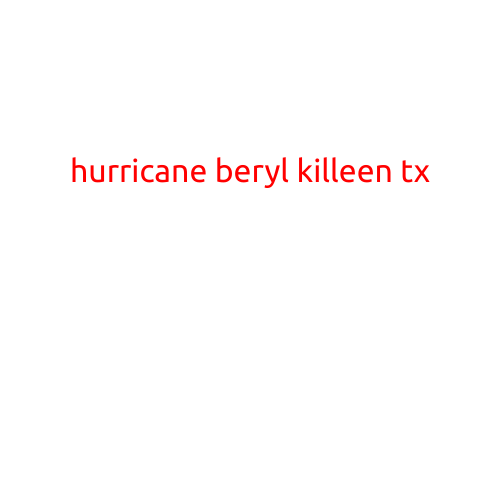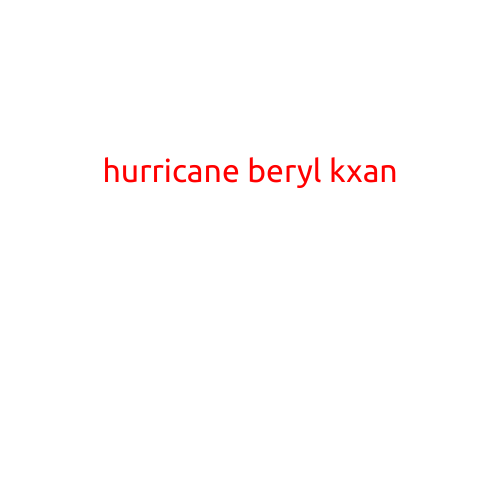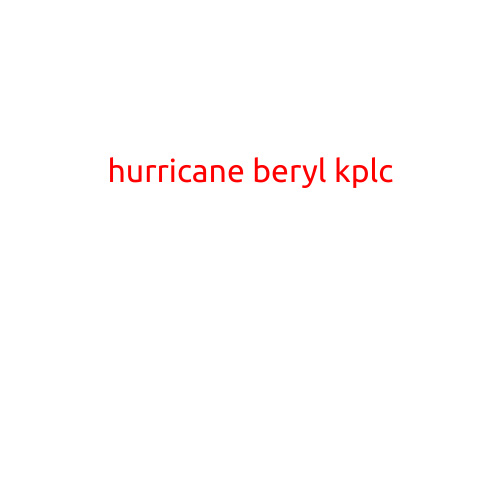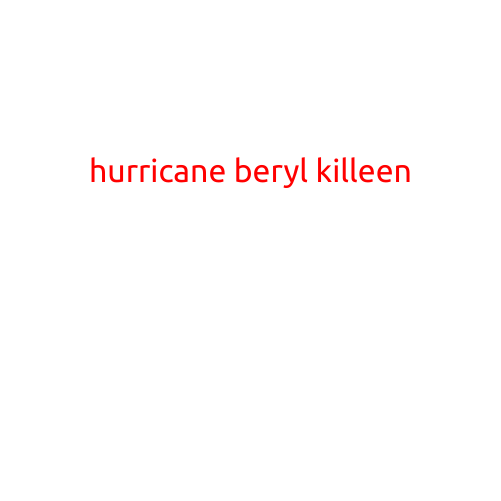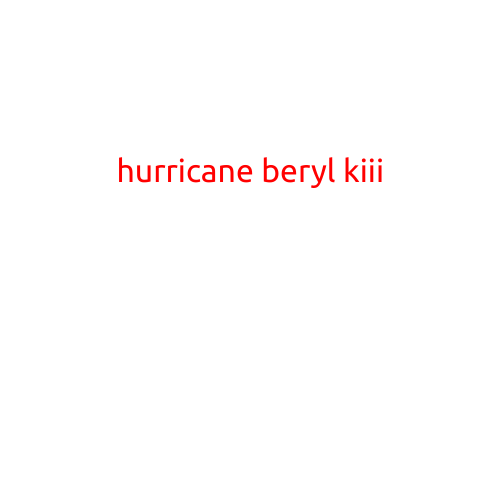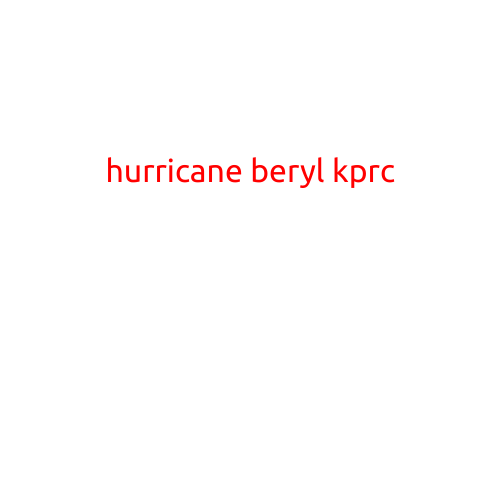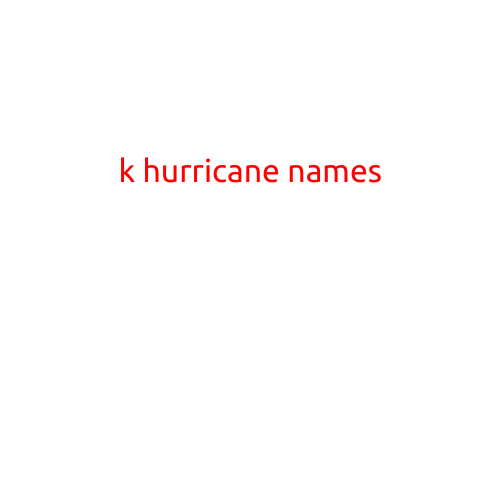
The Meaning Behind the Names: K Hurricane Names
As the Atlantic hurricane season approaches, meteorologists and weather enthusiasts alike begin to monitor the lists of potential storm names that will be used to identify the storms that brew in the Atlantic. But have you ever wondered where the names come from and what they mean? In this article, we’ll take a closer look at the history and significance of K hurricane names.
A Brief History The use of names to identify hurricanes dates back to the 1950s, when the National Hurricane Center (NHC) began using female names to identify storms. The practice was adopted to make it easier to identify and communicate about storms, especially during a time when radio and television were the primary means of disseminating weather information.
In the early years, only female names were used, but in the 1970s, the NHC began using male names as well. The lists of names are recycled every six years, with the exception of those names that are retired due to the severity of the damage caused by a particular storm.
The K List As we enter the 2020 hurricane season, the list of names that begin with the letter K takes center stage. Here are the 21 names that make up the list:
- Kate
- Kay
- Karl
- Kelley
- Kenneth
- Kayla
- Kieran
- Kiley
- Kipp
- Kiska
- Kole
- Kylon
- Kyra
- Kyle
- Kyler
- Kymber
- Kymani
- Kyra
- Kysen
- Kylan
- Kyleigh
Interesting Facts and Trends
- The NHC has used the same set of 21 names for the first time since 1967. The repetition of names is a deliberate choice to avoid confusion and to make it easier for people to identify and remember storms.
- The most popular names for hurricanes in the past decade (2010-2019) were Katrina (twice), Ike, Dorian, and Irma.
- The least popular names for hurricanes in the past decade were Gustav, Ida, Nana, and Ophelia.
- Researchers have found that hurricanes with names that start with the letters Q, U, X, Y, and Z are less likely to be destructive than those with names that start with other letters.
Conclusion The use of names to identify hurricanes is an important part of meteorology and disaster preparedness. By understanding the history and significance of K hurricane names, we can better appreciate the work that goes into naming these powerful storms and stay better informed about potential threats to our communities.
Stay safe this hurricane season, and remember: knowledge is power!
